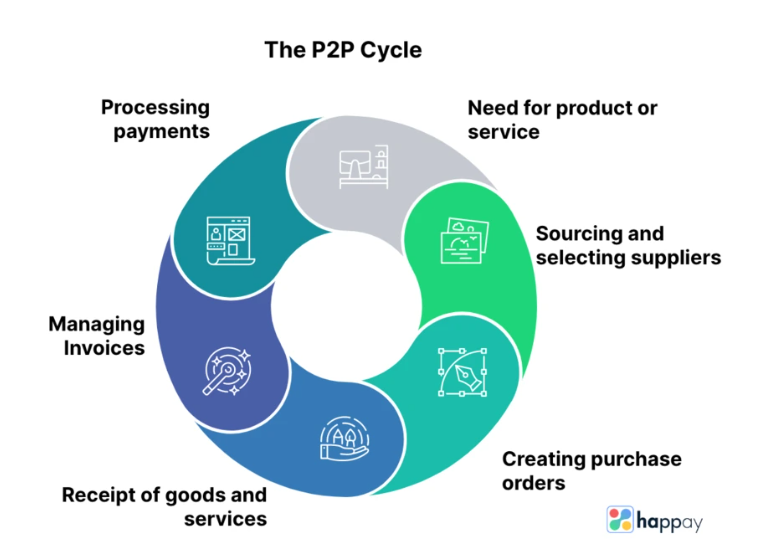
Introduction:
In today’s rapidly evolving work landscape, remote work has transformed from a trend into a way of life for many professionals. At Cloudare Technologies Private Limited, we specialize in fully remote work systems and prioritize fostering a work culture that emphasizes work-life harmony. This blog post aims to provide valuable insights into the challenges and strategies for thriving in a fully remote work environment, whether you’re already a part of our team or considering the transition to remote work.
Part 1: The Advantages of Fully Remote Work
Remote work offers numerous advantages, contributing to a better work-life balance:
Flexibility:
Remote work provides employees with the freedom to work from any location with an internet connection. This flexibility extends to both their choice of work environment, whether it’s at home or a coffee shop, and the hours they work, enabling them to adapt to their own schedules and preferences.
Improved Work-Life Balance:
The absence of a daily commute allows remote workers to reclaim valuable time in their day. This newfound time can be spent with family, pursuing personal interests, exercising, or simply enjoying some relaxation. The result is a more balanced and fulfilling life.
Increased Productivity:
Remote workers can tailor their workspaces to suit their needs, fostering an environment that promotes concentration and productivity. With fewer workplace distractions, they often find it easier to stay focused and accomplish tasks efficiently.
Part 2: The Challenges of Work-Life Balance in Remote Work
Despite its advantages, remote work presents unique challenges when it comes to maintaining a healthy work-life balance:
Blurred Boundaries:
The lines between work and personal life can become blurred in a remote work setup. Without clear boundaries, it can be challenging to disconnect from work and fully engage in personal activities.
Isolation:
Remote workers may experience a sense of isolation due to the lack of in-person interactions with colleagues. This can lead to feelings of loneliness and disconnection.
Potential Burnout:
Constant accessibility, coupled with the desire to prove productivity in a remote setting, can lead to burnout if not managed effectively.
Part 3: Tailored Strategies for Work-Life Harmony
To achieve work-life harmony in a fully remote work environment, consider implementing these practical strategies:
1. Set Clear Boundaries:
Successful remote work hinges on setting and respecting boundaries. Defining clear work hours, breaks, and leisure time is vital. Sticking to a regular daily schedule, including consistent start and end times, not only enhances productivity but also allows you to transition effectively between work and personal life.
2. Create a Dedicated Workspace:
Achieving work-life balance starts with creating a dedicated workspace within your home. A separate home office helps to clearly demarcate the boundary between work and leisure, fostering better focus during work hours. Ensure your workspace is ergonomically designed and comfortable to work in for extended periods.
3. Take Regular Breaks:
Breaks are essential. Step away from your workspace during breaks, stretch, and engage in short physical activities to recharge your mind and maintain productivity. It can help counteract the sedentary nature of remote work.
4. Communication Is Key:
Maintain open communication with your team. Utilize virtual meetings, chat platforms, or social gatherings to stay connected with others. Regular check-ins and virtual meetings can combat feelings of isolation and enhance collaboration.
5. Embrace Flexibility:
Leverage the flexibility of remote work. Adjust your schedule to accommodate personal commitments and activities, allowing for a more balanced life.
6. Mindful Technology Use: Encourage mindfulness in technology use. Discuss strategies for limiting screen time during non-work hours, managing notifications to reduce distractions, and practicing digital detox when necessary. Highlight the benefits of disconnecting from work-related technology during leisure time.
Part 4: The Role of Technology in Work-Life Harmony
Technology plays a pivotal role in facilitating remote work and maintaining work-life balance:
At Cloudare, we utilize cutting-edge technology to make remote work seamless and efficient. Our remote work systems and tools are designed to enhance productivity while enabling team members to maintain a fulfilling personal life. We leverage video conferencing platforms, project management software, and secure document sharing solutions to facilitate collaboration without compromising data security.
- Remote Collaboration Tools: One of the cornerstones of remote work is effective collaboration. Utilizing video conferencing platforms like Zoom and Microsoft Teams is crucial for conducting meetings, brainstorming sessions, and staying connected with colleagues and clients. Project management software such as Trello and Asana streamlines task management and project tracking. Additionally, communication apps like Slack facilitate real-time interaction among remote teams, enabling seamless collaboration regardless of geographical boundaries.
- Cloud-Based Document Management: Remote work heavily relies on easy and secure access to documents and files. Cloud storage and document sharing services such as Google Drive and Dropbox provide remote teams with the ability to access and collaborate on files from any location. These services offer benefits like version control, automatic backups, and the ability to work on shared documents simultaneously.
- Security and Data Protection: Working remotely demands heightened attention to cybersecurity. Cyber threats are ever-present, making it essential to employ robust security measures. Remote workers should consider using Virtual Private Networks (VPNs) to encrypt internet connections, enhancing data security. Implementing two-factor authentication (2FA) adds an extra layer of protection to online accounts. Additionally, secure file sharing solutions ensure that sensitive information is protected, maintaining data privacy.
- Remote Access to Workstations: In some scenarios, remote access to office workstations is imperative to complete specific tasks or use specialized software. Remote desktop solutions like TeamViewer and Remote Desktop Protocol (RDP) enable employees to access their office computers from the comfort of their homes. These solutions provide secure access while ensuring data integrity during remote desktop sessions.
Conclusion:
In today’s dynamic work landscape, achieving work-life harmony is not just a possibility; it’s a reality that we actively support at Cloudare Technologies. Whether you’re already a part of our remote work ecosystem or considering the transition to remote work, these strategies can help you thrive in a fully remote work environment. Embrace the advantages, address the challenges, and leverage technology to create a work-life balance that suits your unique needs and preferences.







Leave a Reply